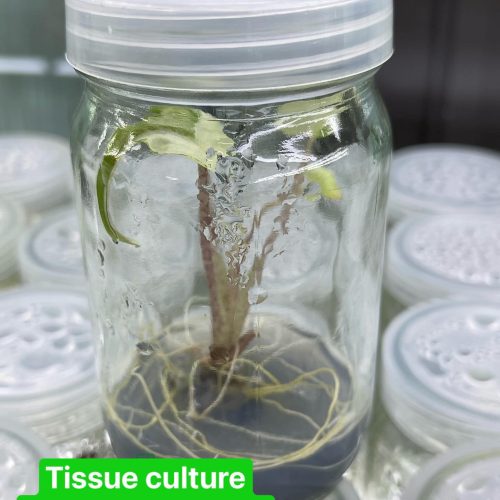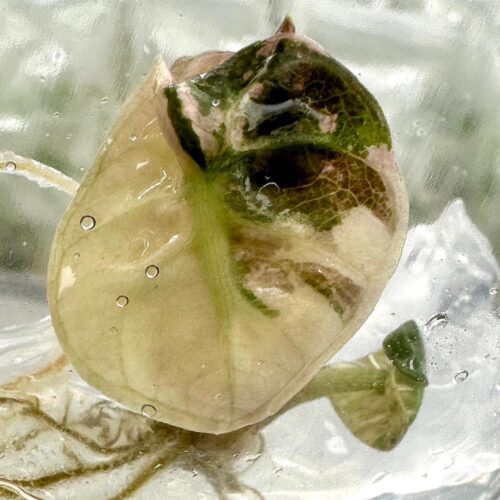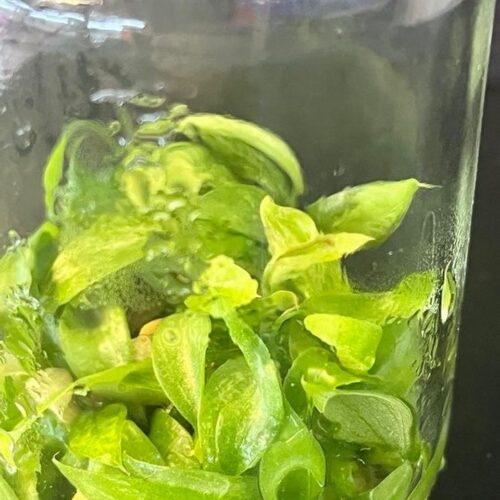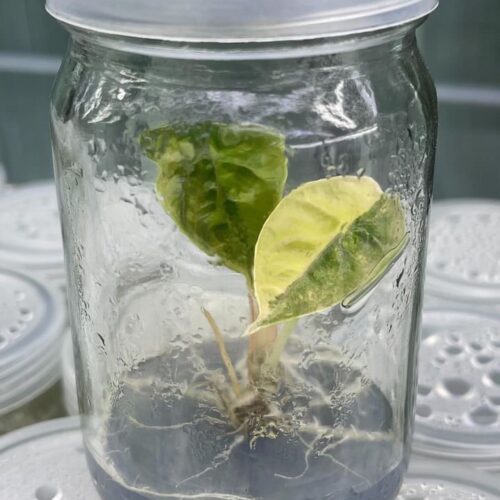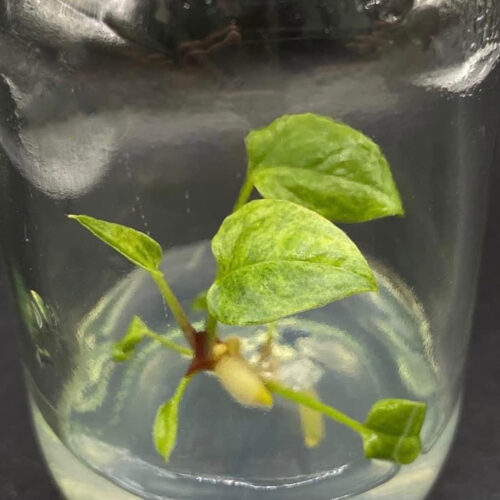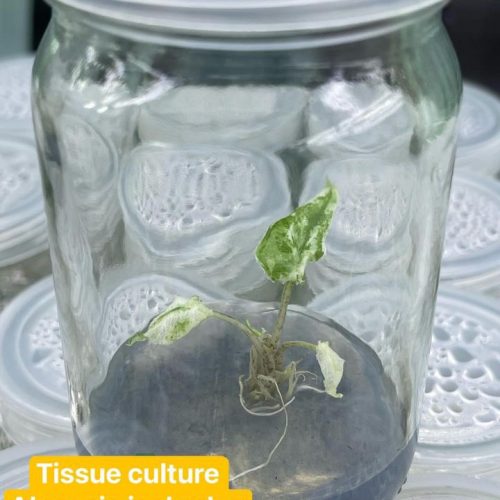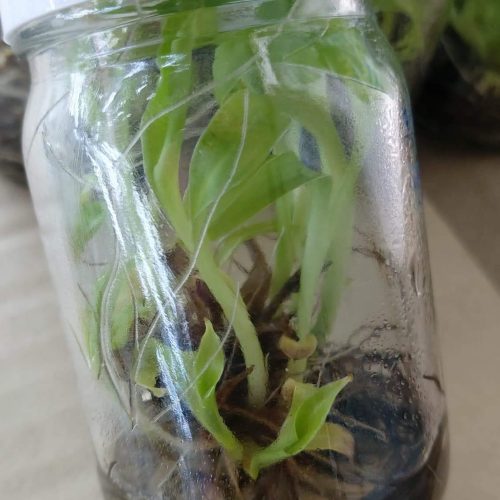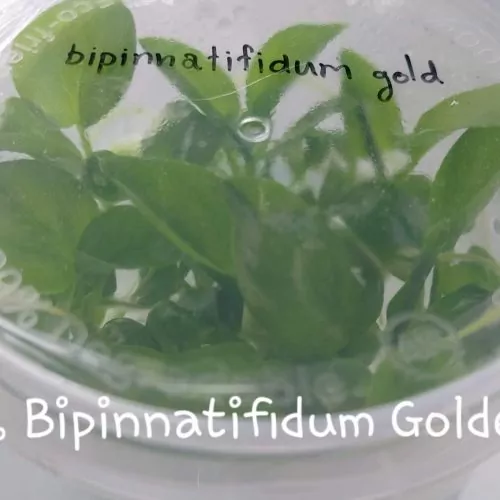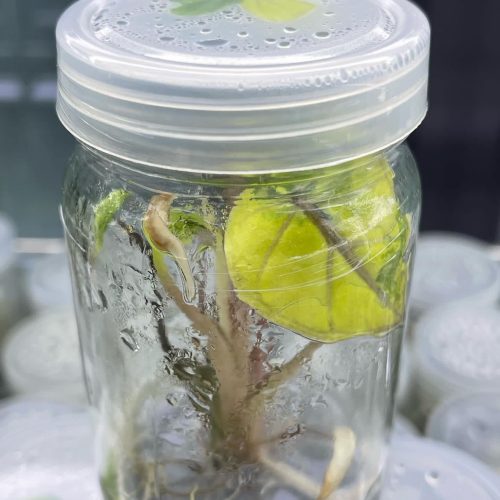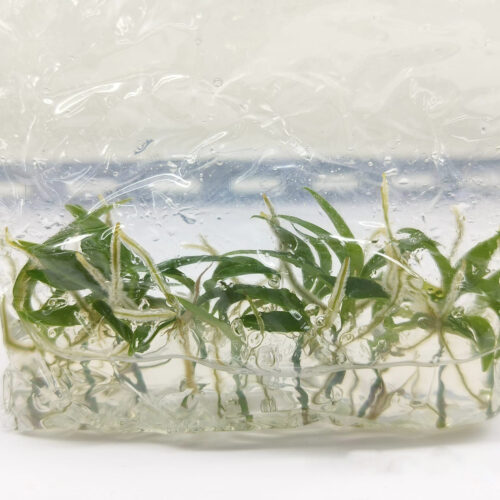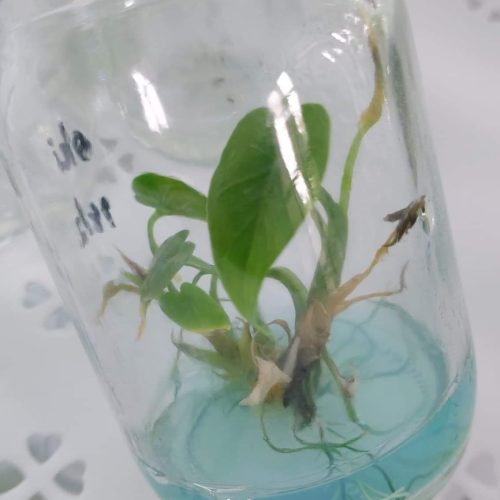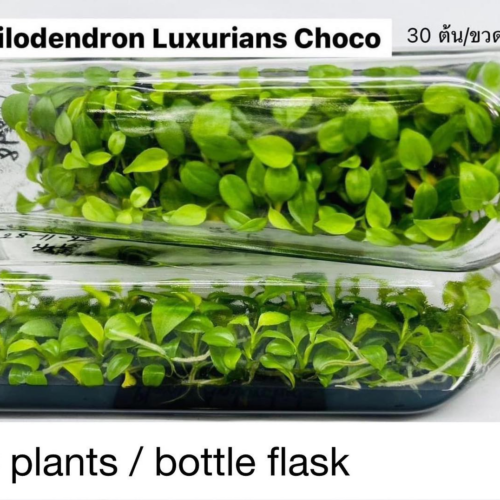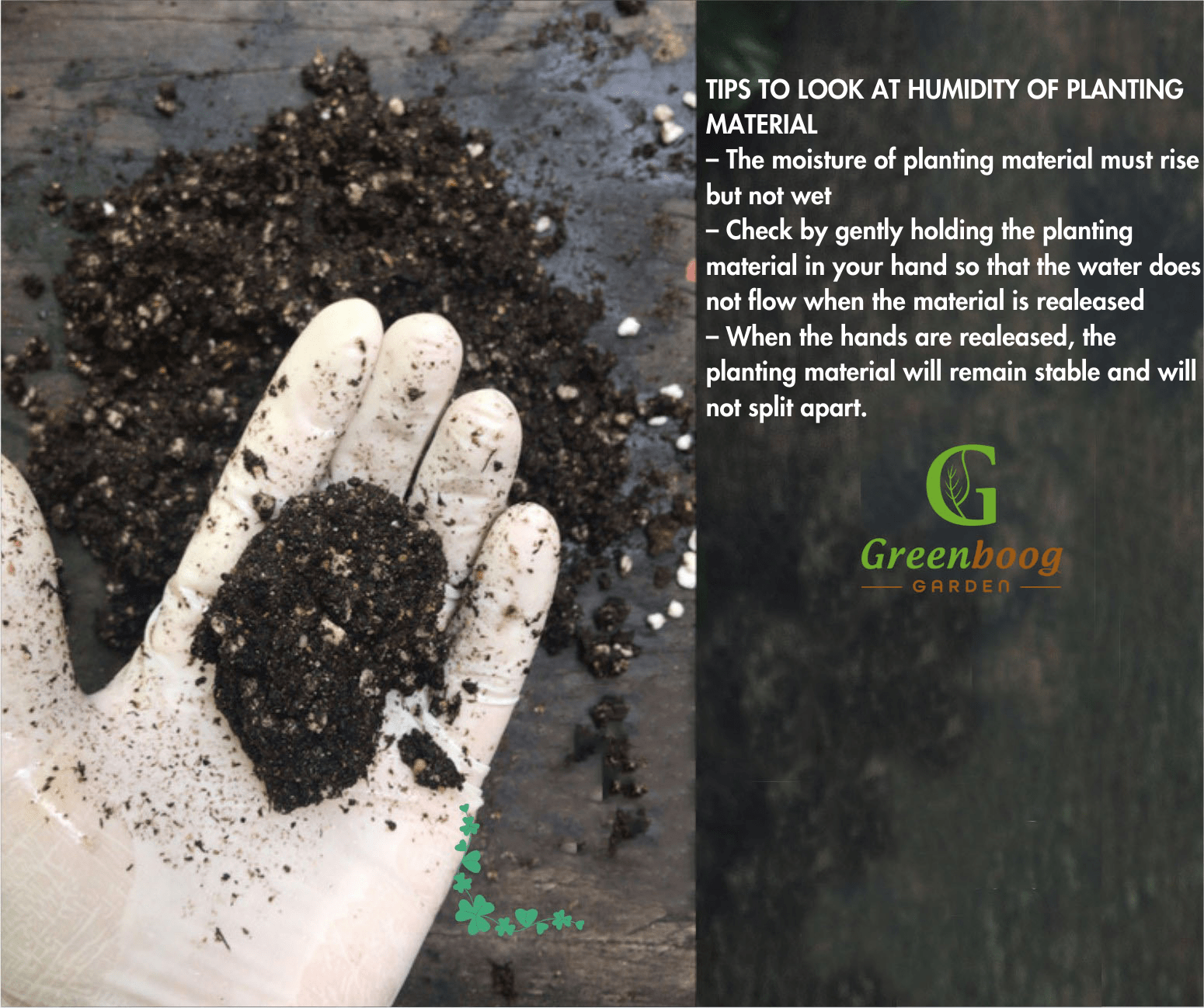Tissue culture plants have become increasingly popular among plant enthusiasts due to their unique characteristics and the benefits they offer. These plants are produced through a specialized process that involves growing plant cells in a controlled laboratory environment, resulting in genetically identical offspring. Whether you’re a seasoned plant parent or a newcomer to the world of tissue culture, understanding how to properly care for these delicate plants is crucial for their successful growth and thriving.
Slots Mines Online Casino has emerged as a popular destination for enthusiastic players looking to enjoy a vibrant gaming experience from the comfort of their homes. With a wide array of slots and casino games, this platform is designed to cater to varied interests and preferences. Players can expect high-quality graphics, engaging themes, and user-friendly navigation, making it easy to find favorite games.
One of the standout features of Slots Mines is its generous welcome bonus and ongoing promotions that keep the gaming experience fresh and rewarding. The casino is known for its secure payment methods and excellent customer support, ensuring players have a smooth and enjoyable experience.
Moreover, the mobile-friendly interface means that enthusiasts can indulge in their favorite games on the go, providing flexibility and convenience. For more information and an in-depth review of Slots Mines Online Casino, you can check out this link: https://asto.com.au/. Overall, Slots Mines Online Casino presents an attractive option for both newcomers and seasoned players alike.
In this comprehensive guide, we will delve into the intricacies of caring for tissue culture plants, from the moment you receive them to the long-term care and maintenance required. We’ll address common challenges, provide step-by-step instructions, and offer valuable insights to help you ensure your tissue culture plants thrive and bring joy to your living space.

Frequently Asked Questions
My box/flask has broken jelly when I receive it, what should be done?
If you receive a box or flask with broken jelly, don’t panic. This can happen during the shipping process, and it’s important to take the appropriate steps to ensure the health of your tissue culture plants. Follow these instructions:
- Carefully remove the plant from the broken jelly or media.
- Rinse the plant thoroughly with clean, distilled water to remove any remaining jelly or media.
- Inspect the plant for any signs of damage or contamination. If the plant appears healthy, proceed to the next steps.
- Prepare a new sterile potting medium or tissue culture media and plant the tissue culture plant in it.
- Place the plant in a clean, well-ventilated area, away from direct sunlight, and allow it to acclimate to its new environment.
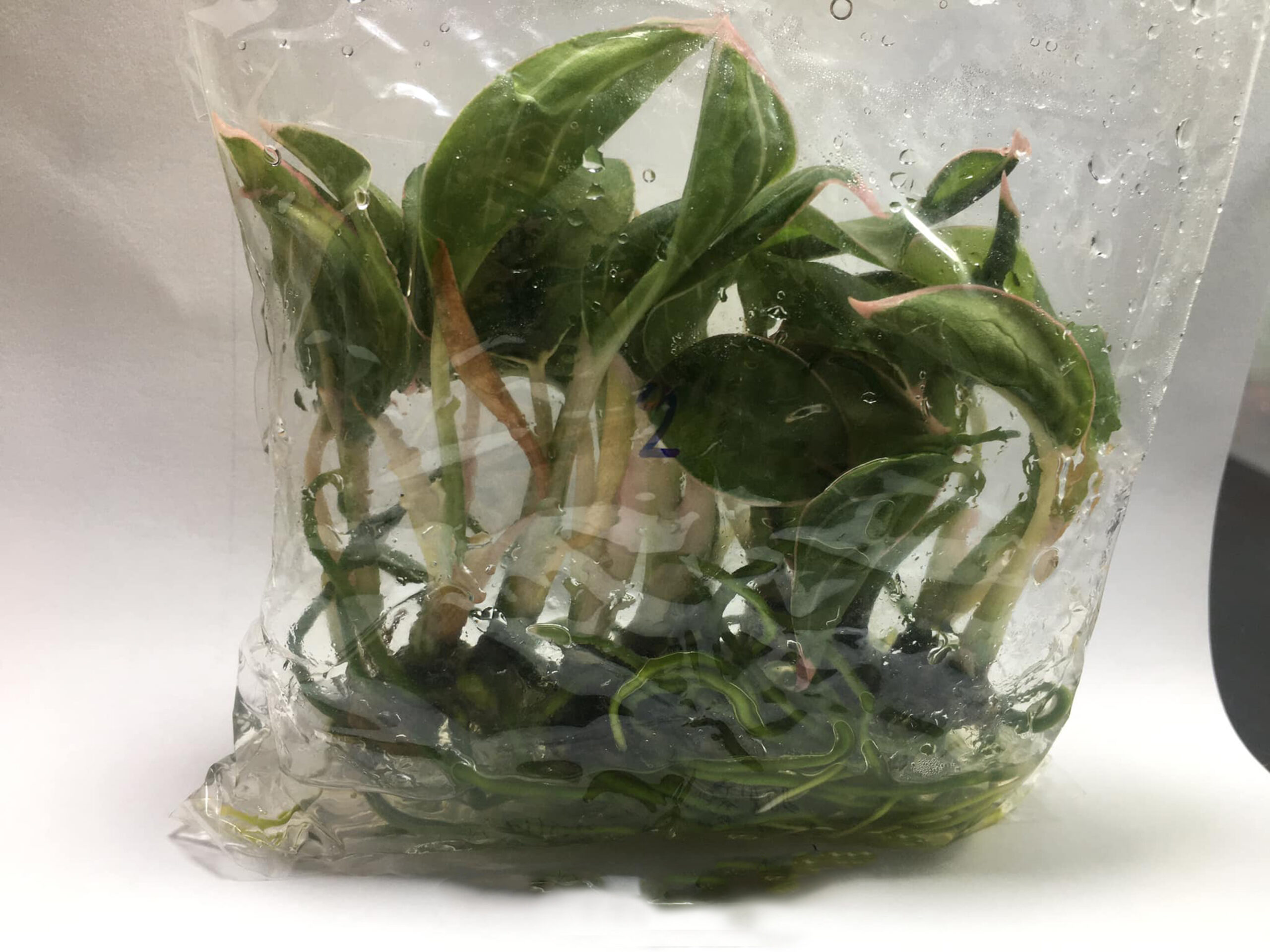
My boxes/flasks have mold when I receive them, what should be done?
Receiving tissue culture plants with mold can be concerning, but there are steps you can take to address the issue. Here’s what you should do:
- Carefully remove the plant from the contaminated media or flask.
- Rinse the plant thoroughly with clean, distilled water to remove any traces of mold or media.
- Prepare a solution of antifungal solution (e.g., Betadine or a commercial fungicide) and soak the plant in it for 15-20 minutes.
- Rinse the plant again with clean, distilled water to remove any excess antifungal solution.
- Prepare a new, sterile potting medium or tissue culture media and plant the tissue culture plant in it.
- Place the plant in a clean, well-ventilated area, away from direct sunlight, and allow it to acclimate to its new environment.
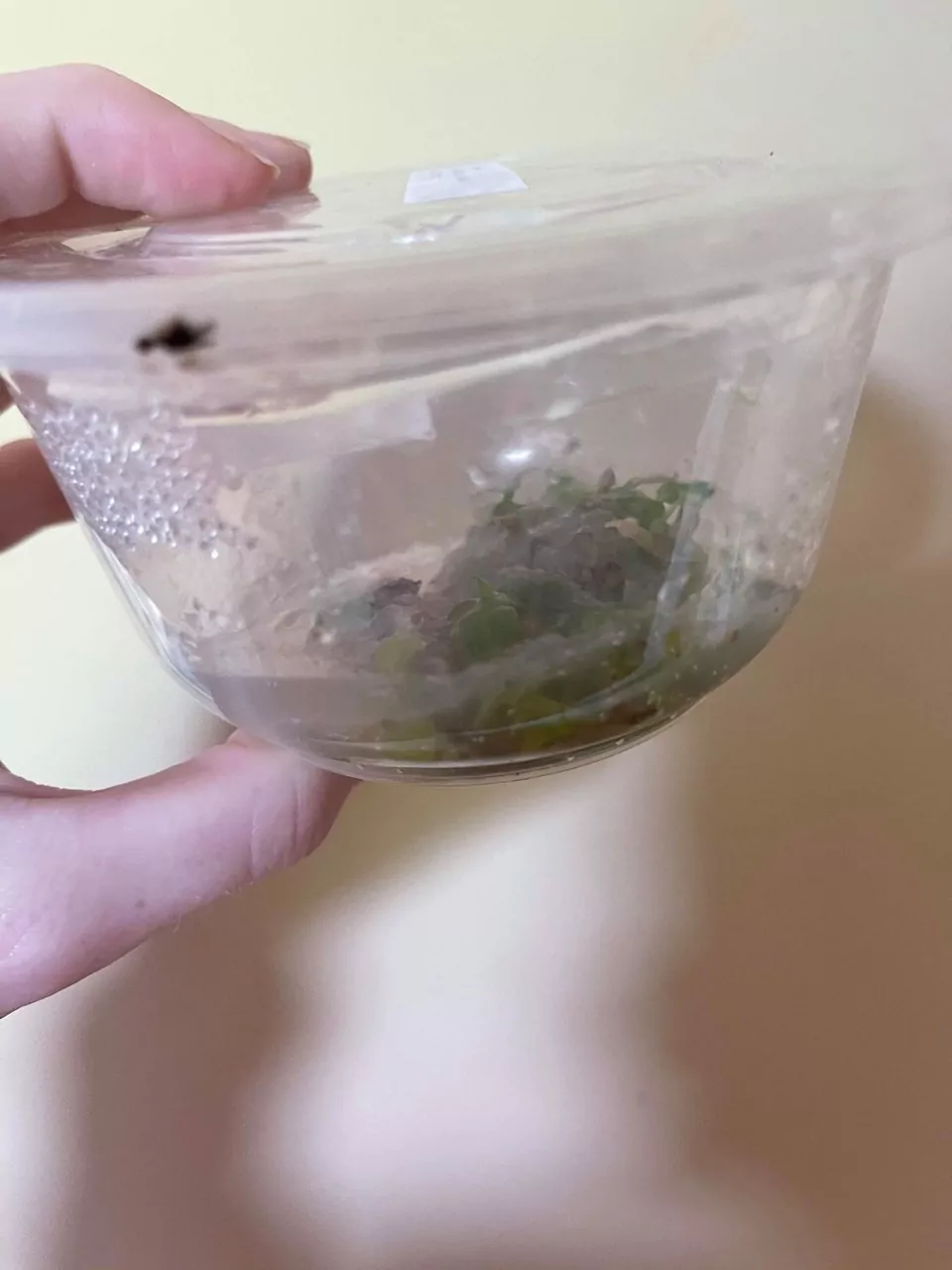
Tissue Culture plants species are the most sought after by aroid plant lovers
Tissue culture plants have become increasingly popular among aroid plant enthusiasts due to their unique characteristics and the benefits they offer. Aroids, a family of plants that includes genera such as Philodendron, Monstera, Anthurium, and Alocasia, are particularly well-suited for tissue culture propagation.
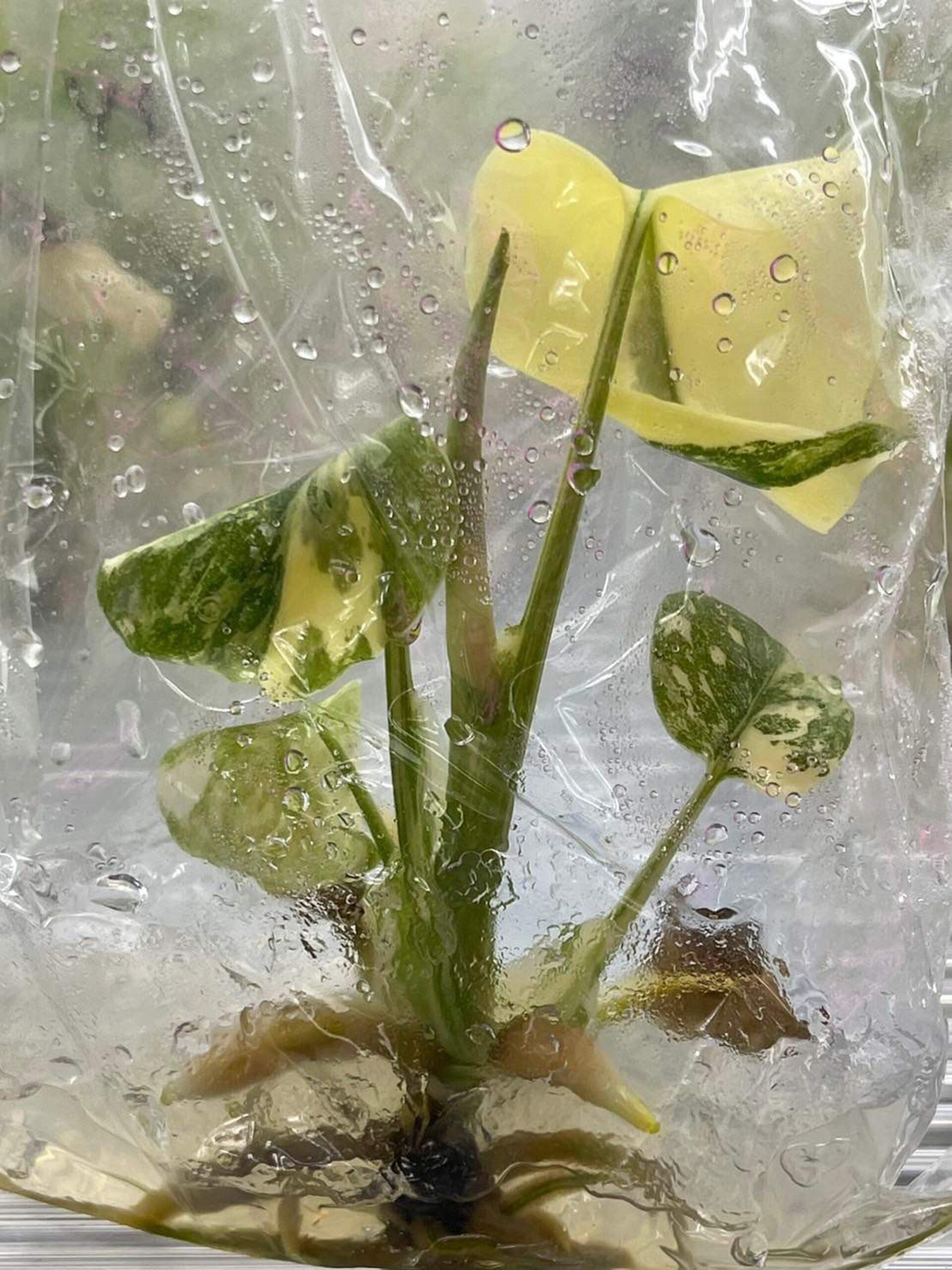
One of the primary reasons aroid plant lovers are drawn to tissue culture plants is the availability of rare and exotic varieties. Tissue culture allows for the mass production of these unique plants, making them more accessible to collectors and enthusiasts. Additionally, tissue culture plants are often more uniform in their growth and characteristics, ensuring a predictable outcome for the grower.
Another advantage of tissue culture aroids is their disease-free nature. The controlled laboratory environment used in the tissue culture process helps to eliminate the presence of pathogens, pests, and other potential issues that can plague traditionally propagated plants. This makes tissue culture aroids a more reliable and resilient choice for plant enthusiasts.
Furthermore, tissue culture plants tend to have a higher success rate when it comes to propagation and growth, as they are already acclimatized to specific environmental conditions. This can be particularly beneficial for novice plant owners or those who may struggle with traditional propagation methods.
In summary, the availability of rare and unique aroid varieties, the disease-free nature of tissue culture plants, and their ease of propagation and growth have made them highly sought after by aroid plant enthusiasts. As the tissue culture industry continues to expand, the diversity and accessibility of these captivating plants will only continue to grow.
Don’t have the variegated shown on tissue culture plants?
One common concern among tissue culture plant enthusiasts is the lack of variegation in the final product, compared to the vibrant, variegated specimens often depicted in promotional materials or online listings.
It’s important to understand that variegation in tissue culture plants can be a complex and unpredictable characteristic. Variegation is typically a result of genetic mutations or environmental factors, and the tissue culture process can sometimes disrupt or alter these natural variations.
During the tissue culture process, the plant cells are carefully selected and cultured in a controlled laboratory environment. This controlled environment may not always replicate the exact conditions that promote the desired variegation patterns. Additionally, the tissue culture process can sometimes lead to genetic changes, which can result in a loss of variegation or a different expression of the trait.
However, it’s important to note that the lack of variegation in the final tissue culture plant does not necessarily indicate a problem with the plant’s overall health or growth potential. Many tissue culture plants, even without the expected variegation, can still thrive and develop into beautiful, healthy specimens.
If you receive a tissue culture plant that does not have the variegation shown in the promotional materials, there are a few steps you can take:
- Observe the plant closely for any signs of developing variegation as it acclimates to its new environment.
- Provide the plant with optimal growing conditions, such as appropriate light, humidity, and nutrient levels, as these factors can influence the expression of variegation.
- Consider propagating the plant, as the propagated offsets may exhibit different variegation patterns.
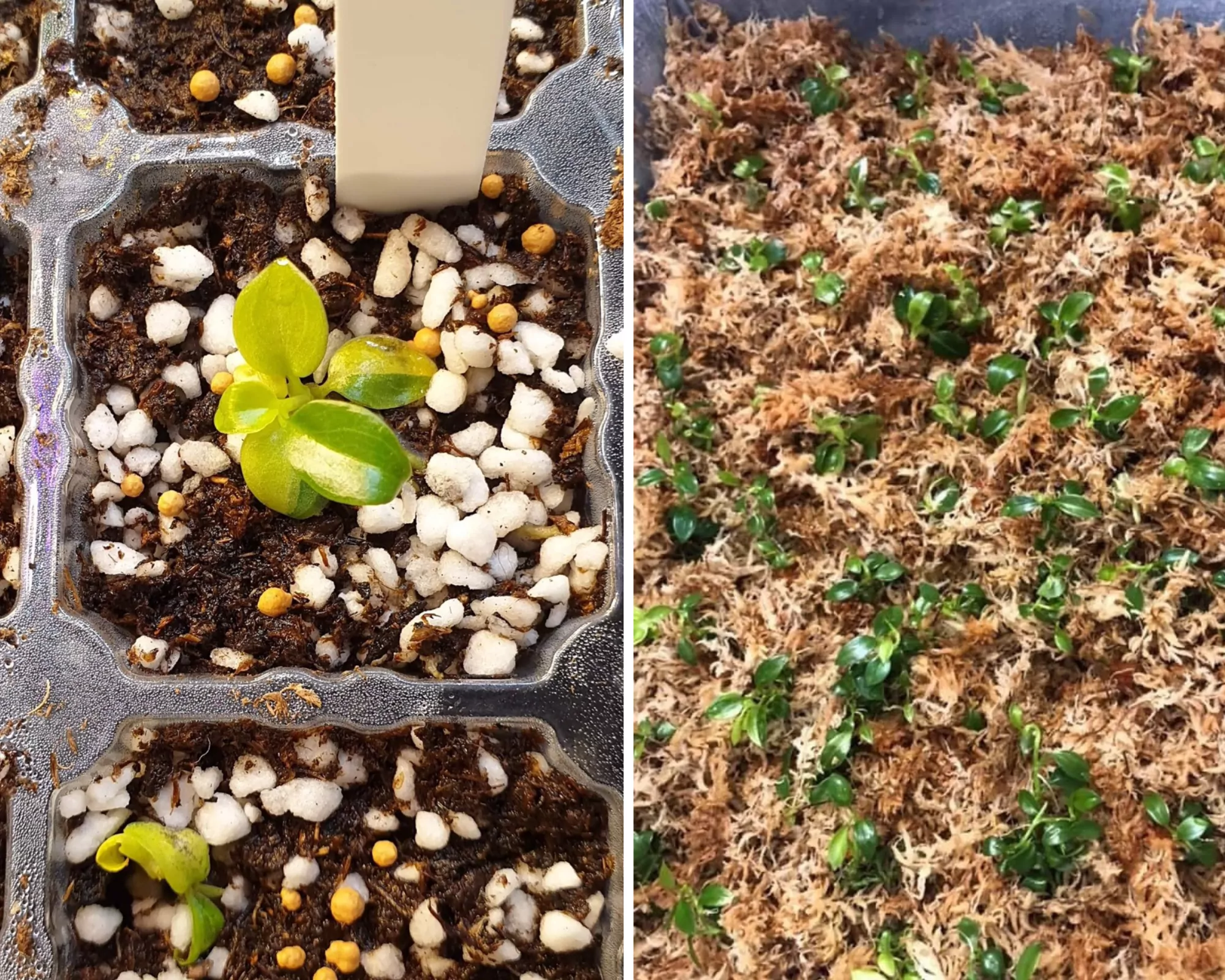
It’s important to remember that the tissue culture process, while highly effective, does not always guarantee the exact appearance of the final product. Embracing the natural variations and uniqueness of each tissue culture plant can be part of the rewarding experience of caring for these remarkable plants.
What are the ratios of the potting mix and substances that can use to transfer into?
When it comes to transferring tissue culture plants into a potting mix, there are a few key considerations regarding the composition and ratios of the potting medium:
- Potting Mix:
- Use a well-draining, airy potting mix specifically formulated for aroids or orchids.
- The potting mix should have a balance of organic matter (e.g., peat moss, coco coir) and inorganic materials (e.g., perlite, vermiculite) to provide the right amount of moisture retention and aeration.
- A suggested ratio for the potting mix could be 50% organic matter and 50% inorganic materials.
- Soil Amendments:
- Incorporate additional amendments to the potting mix to enhance drainage and aeration, such as:
- Perlite (10-20% of the total mix)
- Vermiculite (10-20% of the total mix)
- Charcoal (5-10% of the total mix)
- These amendments help to create a well-draining, moisture-retentive substrate that is suitable for tissue culture plants.
- Incorporate additional amendments to the potting mix to enhance drainage and aeration, such as:
- Fertilizers and Nutrients:
- Add a balanced, slow-release fertilizer to the potting mix, following the manufacturer’s recommended dosage.
- Consider incorporating water-soluble fertilizers or liquid plant food to provide additional nutrients during the acclimation and growth stages.
- Avoid using high-nitrogen fertilizers, as they can promote excessive leaf growth at the expense of root development.
- Antimicrobial Treatments:
- You may want to consider adding a small amount of antimicrobial agents, such as Betadine or a fungicide, to the potting mix to help prevent fungal or bacterial infections during the initial transplanting stage.
- Follow the manufacturer’s instructions carefully when using any antimicrobial treatments.

It’s important to note that the specific ratios and components of the potting mix may vary depending on the plant species, your local growing conditions, and personal preferences. It’s always a good idea to start with a well-draining, airy potting mix and make adjustments as needed based on the performance and growth of your tissue culture plants.
Tissue Culture plants species are the most sought after by aroid plant lovers
Option 1: Washing and Treating the Tissue Culture Plants
Before proceeding with the transfer of tissue culture plants into a potting medium, it’s essential to properly prepare the plants to ensure their successful acclimation and growth.
Step-by-Step Instructions:
- Take the tissue culture out of the container: Carefully remove the tissue culture plant from the original container or flask, taking care not to damage the delicate roots or plant structure.
- Wash the stock thoroughly: Gently rinse the plant under clean, distilled water to remove any remaining media or jelly. Use a soft brush or clean fingers to help remove any debris or residue.
- Try to remove all the causes of mold: Inspect the plant thoroughly for any signs of mold or fungal growth. If present, use a cotton swab dipped in a diluted antifungal solution (e.g., Betadine or a commercial fungicide) to gently wipe away the affected areas.
- Dip in anti-fungus: After the initial cleaning, submerge the entire plant in a diluted antifungal solution for 15-20 minutes. This will help to prevent any potential fungal or bacterial issues from developing during the acclimation process.
- Rinse the plant: Thoroughly rinse the plant under clean, distilled water to remove any remaining antifungal solution.
- Soak in rooting hormone: Prepare a solution of rooting hormone (e.g., indole-3-butyric acid or naphthalene acetic acid) according to the manufacturer’s instructions. Soak the plant in the rooting hormone solution for the recommended duration, typically 5-10 minutes.
- Plant in the chosen medium: Prepare your chosen potting medium or substrate, following the guidelines provided in the “What are the ratios of the potting mix and substances that can use to transfer into?” section. Carefully plant the tissue culture plant into the prepared medium.
- Acclimate in a controlled environment: Place the planted tissue culture in a clean, well-ventilated area, away from direct sunlight. Maintain high humidity levels (around 80-90%) and provide indirect, bright light to facilitate the plant’s acclimation process.
By following these steps, you can help ensure that your tissue culture plants are properly prepared and protected during the initial transplanting process, giving them the best chance to thrive in their new environment.
Other Options:
In addition to the washing and treating method, there are other approaches you can consider for transitioning tissue culture plants into a potting medium:
- Direct Planting: Some growers opt to skip the washing and treating steps and directly plant the tissue culture plant into the prepared potting medium. This method may work well for plants that appear healthy and free of any visible contaminants.
- Gradual Acclimation: Instead of immediately transferring the tissue culture plant into a potting medium, you can gradually acclimate it to the new environment. This involves placing the plant in a closed container or bag, providing bright, indirect light, and gradually introducing the plant to lower humidity levels over the course of several weeks.
Ultimately, the choice between these methods will depend on the specific condition of your tissue culture plants, your personal preferences, and the resources available to you. It’s always a good idea to research and experiment to find the approach that works best for your needs and the health of your tissue culture plants.
Option 2: Acclimated Method with Pictures
Another effective approach for transitioning tissue culture plants into a potting medium is the acclimated method, which involves gradually exposing the plants to the new environment. This method can be particularly useful for more delicate or sensitive tissue culture plants.
Step-by-Step Instructions with Pictures:
By following this acclimated method, you can provide a gentle and controlled transition for your tissue culture plants, helping them to establish a strong root system and adapt to the new potting medium with minimal stress.
Step 1.
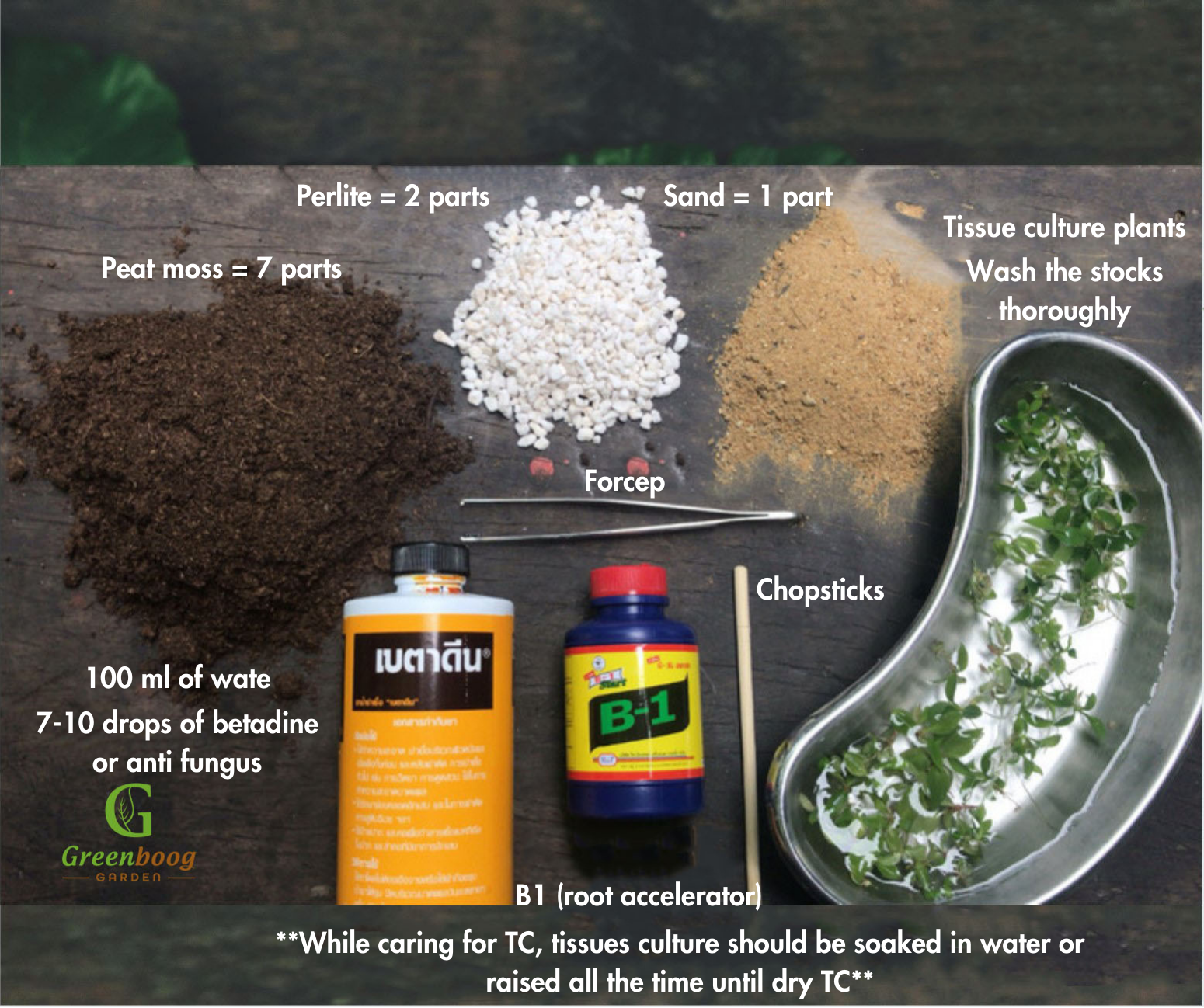
Step 2.
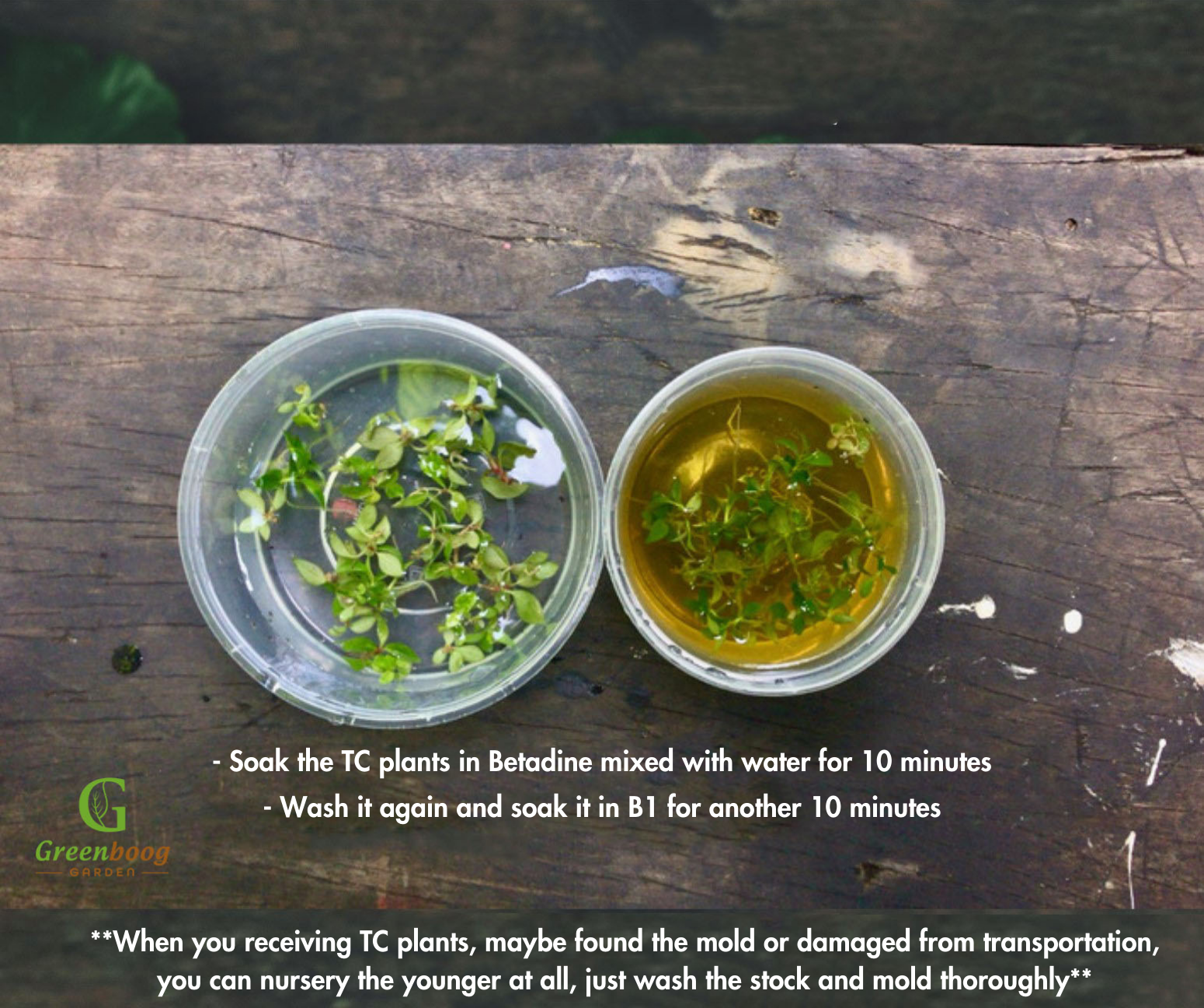
Step 3.

Step 5.

Step 6.

Conclusion
Caring for tissue culture plants requires a delicate balance of knowledge, patience, and attention to detail. By understanding the unique needs of these plants and following the appropriate steps for their acclimation and long-term care, you can help ensure their successful growth and thriving in your living space.
Whether you choose to wash and treat the plants or opt for the acclimated method, the key is to provide the right growing conditions, protect against potential contaminants, and allow the plants to gradually adapt to their new environment. By following the guidance and best practices outlined in this comprehensive guide, you’ll be well on your way to becoming a confident and successful tissue culture plant parent.
Remember, every plant is unique, and your approach may need to be adjusted based on the specific needs of your tissue culture plants. Embrace the learning process, celebrate the successes, and enjoy the rewarding experience of caring for these remarkable, genetically identical wonders.
Ready to Dive into the World of Tissue Culture Aroids? Explore our curated collection of Tissue Culture Aroid Plants at Greenboog, where we’ve harnessed the power of science to bring you the most sought-after and rare varieties. From the vibrant variegation of Philodendrons to the striking foliage of Monsteras, our tissue-cultured plants are disease-free, robust, and ready to thrive in your collection. Discover the future of plant propagation and elevate your indoor jungle with Greenboog’s Tissue Culture Aroids.


